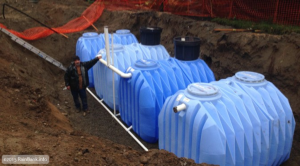 Just like rural homeowners, urban households can benefit from rainwater collection. Unlike rural homes, most city homes have less space available for storage. Slim line water tanks and underground storage options allow those who live in an urban environment to collect, store, and use rainwater for a number of purposes.
Just like rural homeowners, urban households can benefit from rainwater collection. Unlike rural homes, most city homes have less space available for storage. Slim line water tanks and underground storage options allow those who live in an urban environment to collect, store, and use rainwater for a number of purposes.
You do not need a lot of capacity of storage for supplemental use of rainwater. For every inch of rainfall, a thousand square feet of surface will yield 623 gallons of water. A 2,000 square foot roof in Seattle will yield over 44,000 gallons of water annually. Even with only 3,000 gallons of storage, winter use can be as much as 100% or can be stored for summer irrigation demands. See chart below – an average 2,000 square foot roof yields over 44, 000 gallons with only 3,000 gallons of storage capacity based on 120 gallons of daily demand. (click the image for larger view)
Rainwater is a clean source of water that needs very little treatment for irrigation, toilet flushing, or laundry facilities. Further treatment with UV disinfection allows for whole house demands including drinking water. With more demands on our water districts due to drought conditions, every drop helps. Why not benefit from this natural resource, rather than send it down the curbside drain?

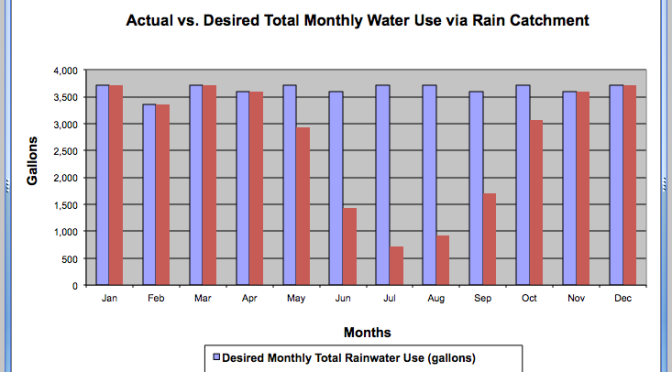
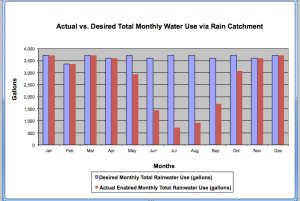

 October 1 is the official start of the rainy season in Washington State and even though annual rainfall met expectations, another dry, warm winter is predicted for the region. This means that the snowpack – the summer rain bank (see what I did there?) will be missing in action for another year.
October 1 is the official start of the rainy season in Washington State and even though annual rainfall met expectations, another dry, warm winter is predicted for the region. This means that the snowpack – the summer rain bank (see what I did there?) will be missing in action for another year.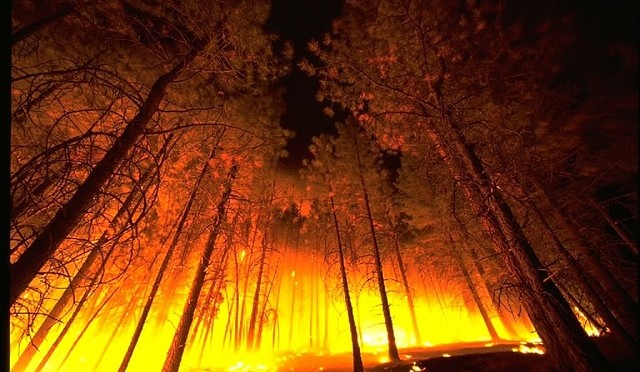
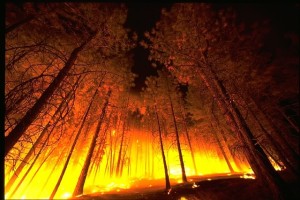 Fire is a frightening concept, but an unfortunate reality.
Fire is a frightening concept, but an unfortunate reality.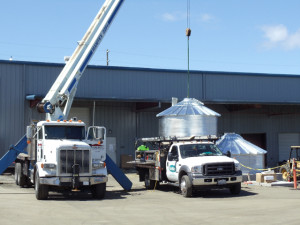 uce 30 gallons a minute for 16.6 hrs. If used with a wetting agent, the solution will stay intact for a longer period. Having a source of water designated for fire protection can be an investment that could save your home.
uce 30 gallons a minute for 16.6 hrs. If used with a wetting agent, the solution will stay intact for a longer period. Having a source of water designated for fire protection can be an investment that could save your home.